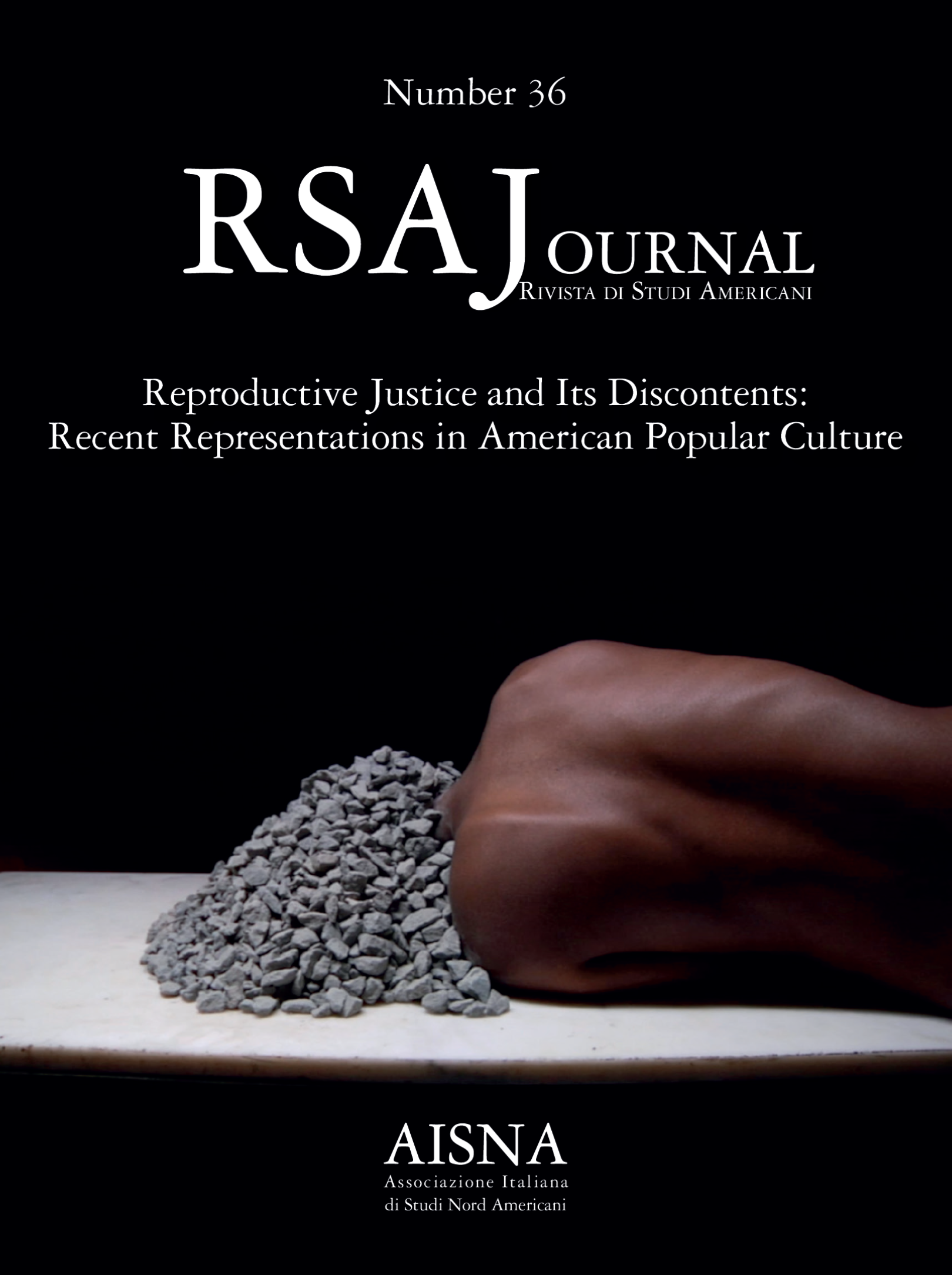From the Mill to the Home
Women’s Work and Separate Spheres in Henry C. Carey’s Political Economy
DOI:
https://doi.org/10.13135/1592-4467/11659Keywords:
Henry C. Carey, Political Economy, Home, Women's Work, Separate SpheresAbstract
The article investigates how Henry Charles Carey (1793-1879), the most influential nineteenth-century US economist, conceptualized the social role of women, the economic relevance of their work within and outside the family and the power relationships between the sexes. The article seeks to overcome the shortcomings of historiography, which only rarely investigated the contribution of nineteenth-century US political economy to the ideology of domesticity and never took into serious account Carey’s reflection on women’s work. Placing Carey’s early writings – especially his Principles of Political Economy (1837-1840), Essay on the Rate of Wages (1835) and The Past, the Present, and the Future (1848) – in the context of the history of capitalism and of the social history of women, the article argues that his political economy represented a relevant episode in the legitimation of women’s subordinate employment in US manufactures, in the definition of a doctrine of separate spheres and in the conceptualization of the relationship between the home and the state. Overall, the article maintains that, far from theorizing a greater equality among sexes, Carey’s political economy conceived the maintenance of sexual hierarchies as both a result and a necessary condition of capitalist development, with women having to remain subordinate to men whether working in the mill or in the home. Despite his support for an overall improvement in the condition and the treatment of women, then, Carey believed that such improvement could never undermine the patriarchal structure of US society. In highlighting the gendered dimension of Carey’s political economy between the 1830s and 1850s, the article shows how he theorized an inextricable connection between capitalist development and patriarchal relations in the family.
Downloads
Published
Issue
Section
License
Copyright (c) 2025 Matteo M. Rossi

This work is licensed under a Creative Commons Attribution-NonCommercial-NoDerivatives 4.0 International License.
RSAJournal applies a CC BY-NC-ND license to all its contributions. This license enables reusers to copy and distribute the material in any medium or format in unadapted form only, for noncommercial purposes only, and only so long as attribution is given to the creator. CC BY-NC-ND includes the following elements:
- BY: credit must be given to the creator.
- NC: Only noncommercial uses of the work are permitted.
- ND: No derivatives or adaptations of the work are permitted.
Authors who publish with this journal agree to the following terms:
- Authors retain the copyright and full publishing rights for their submissions to the journal.
- Authors grant the journal right of first publication with the work simultaneously licensed under a Creative Commons Attribution-NonCommercial-NoDerivatives 4.0 International License that allows others to share unedited work for non-commercial purposes with an acknowledgement of the work's authorship and initial publication in this journal.
- Authors are able to enter into separate, additional contractual arrangements for the non-exclusive distribution of the journal's published version of the work (e.g., post it to an institutional repository or publish it in a book), with an acknowledgement of its initial publication in this journal.




